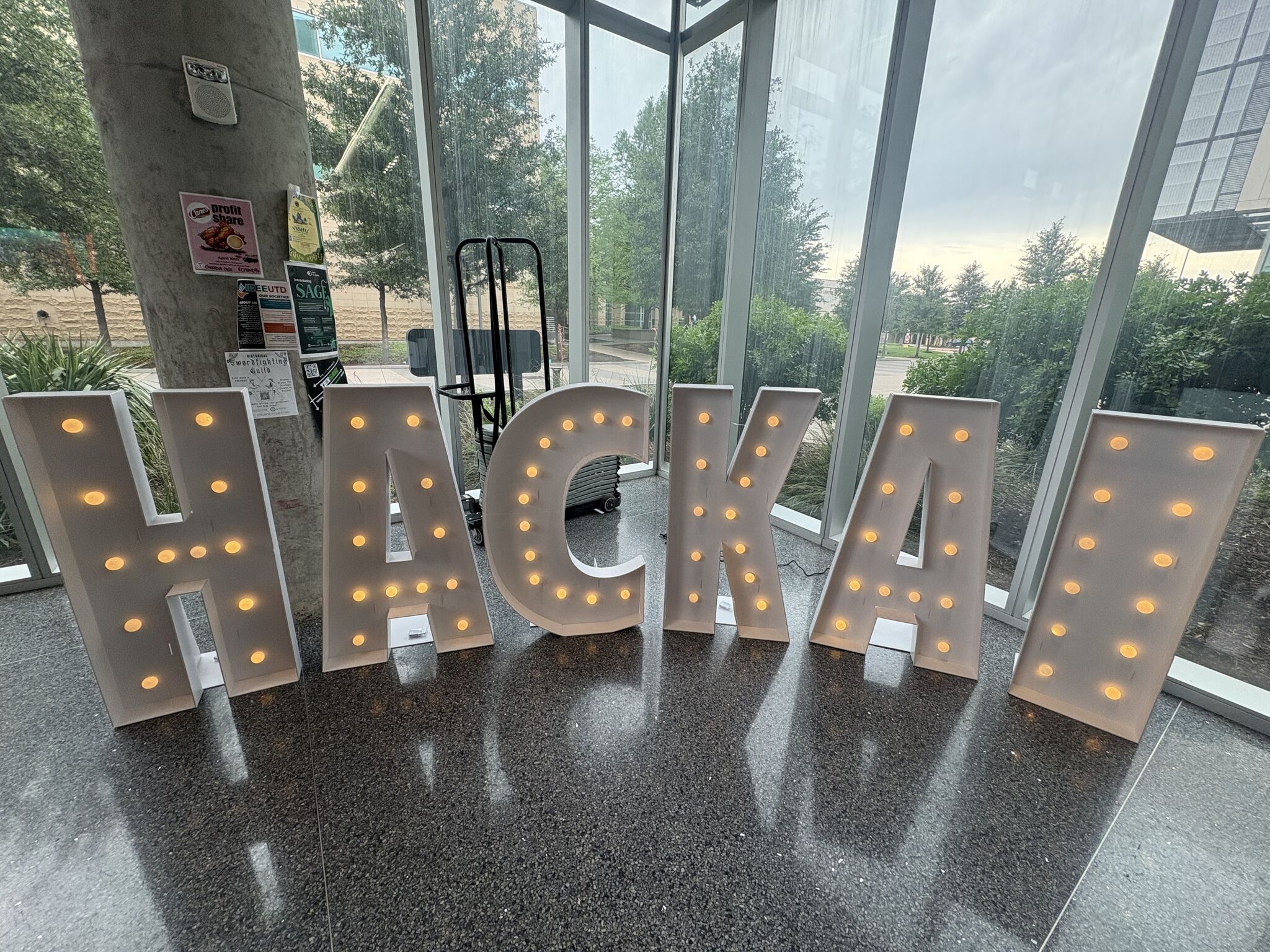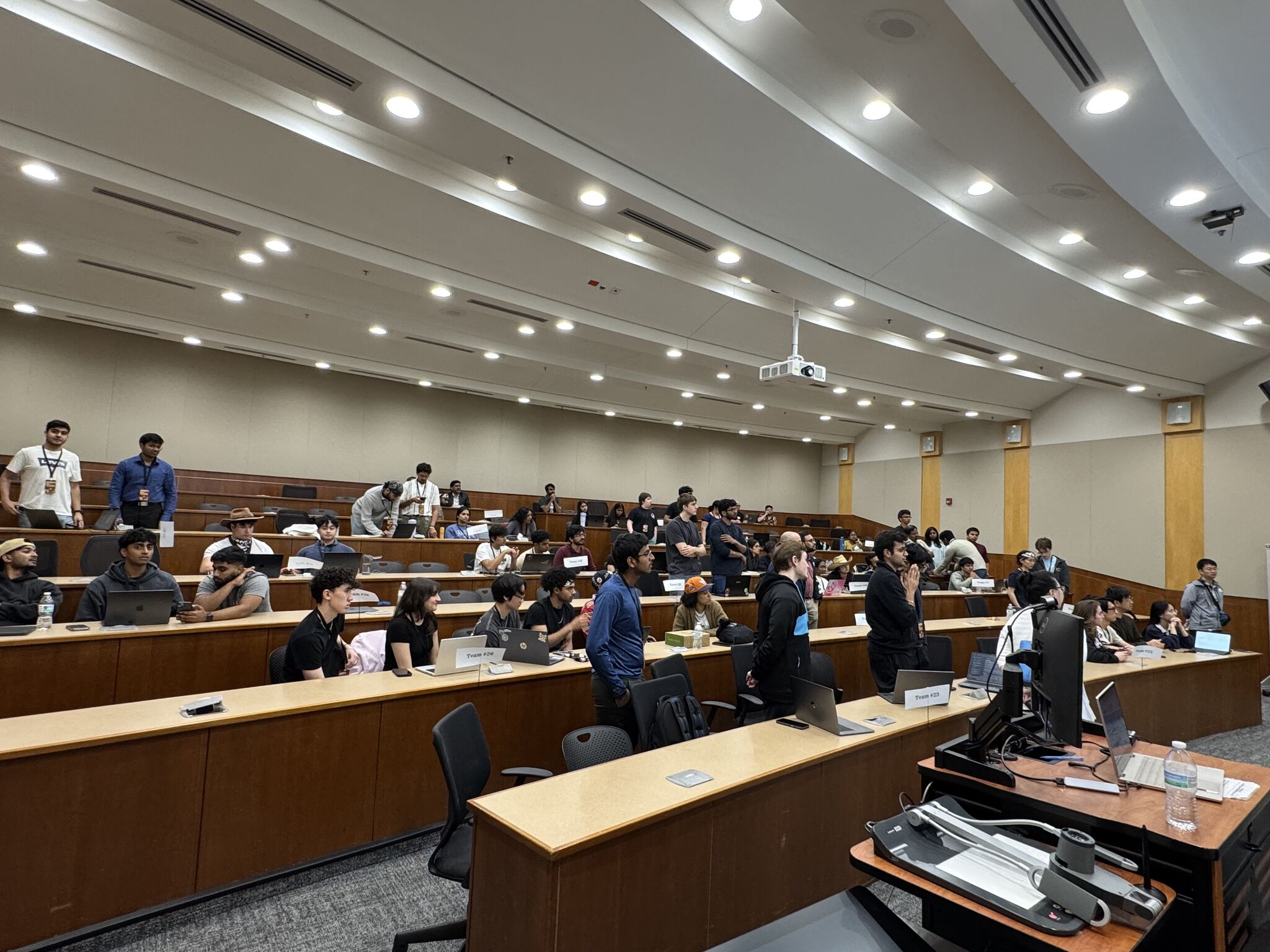
It was during my time at UTD when I came across a flyer promoting a hands-on workshop on Artificial Intelligence and Neural Networks. Hosted by the Department of Computer Science and led by passionate researchers and engineers, this workshop promised to offer more than just theory—it aimed to give participants a glimpse into how machines learn, think, and improve.
On the first day, we started with a gentle introduction to the fundamentals of AI—how machines can be trained to make decisions, spot patterns, and even mimic aspects of human cognition. We learned about the history of AI, its current applications in areas like healthcare and autonomous driving, and where the field is heading next.
The second part of the workshop focused on neural networks, and this was where things got exciting. We explored the structure of perceptrons and multi-layered networks, learned about activation functions, backpropagation, and the importance of gradient descent. The instructors used simple visuals and real-world analogies to make the concepts accessible—even for those new to the topic.
One of the most enjoyable moments was when we got to build our own neural network using Python and TensorFlow. Starting with a basic image classifier, we experimented with datasets like MNIST and Fashion MNIST. The process of watching our model improve with each epoch was incredibly satisfying, and it gave me a deeper appreciation for the power of training data and model tuning.
We were also introduced to ethical concerns in AI, including bias in data, the opacity of black-box models, and the importance of explainability. These sessions sparked meaningful discussions and emphasized the responsibility that comes with working in the AI field.

The workshop wrapped up with a group project challenge. My team built a sentiment classifier that could distinguish between positive and negative movie reviews. Though it was a simple task, collaborating with others under time pressure helped me grasp the nuances of model validation, overfitting, and data preprocessing.
Overall, this workshop was more than just an academic session—it was a spark. It strengthened my desire to explore AI in depth and helped me understand the importance of combining mathematical rigor with creativity. I left feeling inspired, more knowledgeable, and eager to continue building intelligent systems.